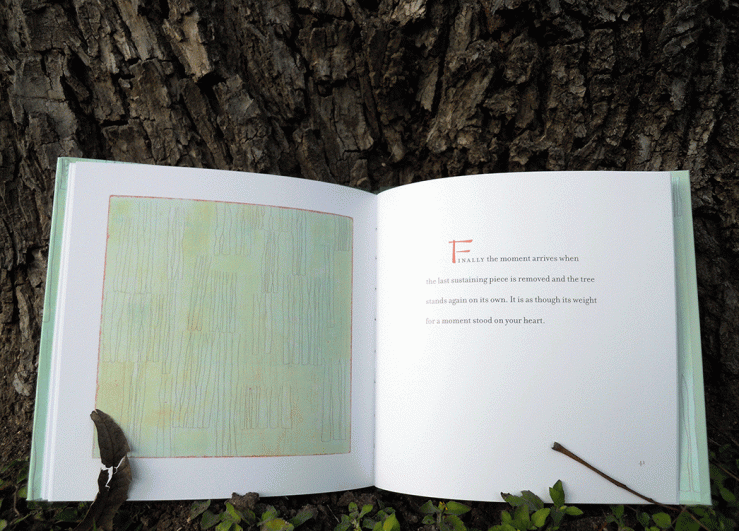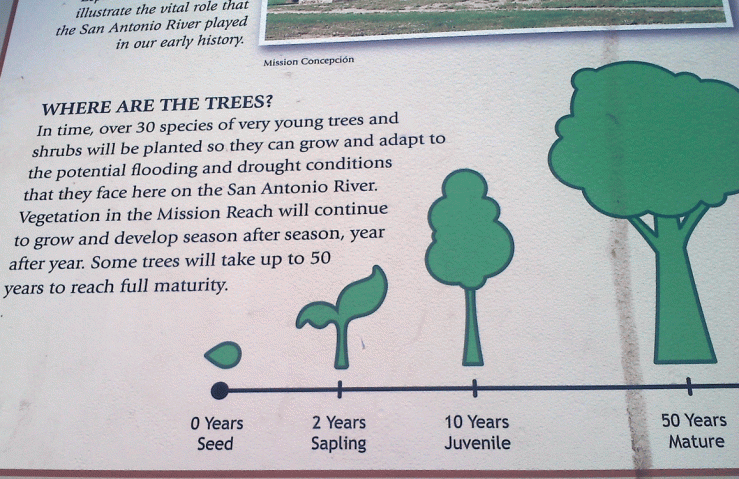Hydrangeas
Dragoons, I tell you the white hydrangeas turn rust and go soon.
Already mid September a line of brown runs over them.
One sunset after another tracks the faces, the petals.
Waiting, they look over the fence for what way they go.Carl Sandburg (1878-1967)
They say the blues symbolize frigidity and apology; although it seems a gift of a bouquet of them could be easily misunderstood. Pinks represent heartfelt emotion. Whites boastfulness or bragging, symbolizing the giver or receiver? Victorians considered all hydrangeas as symbolizing boastfulness, because each stalk was covered with so many blooms. There are mopheads, laceheads and panicles, and it seems Bainbridge Island has every kind.
Most of these photographs were snapped in the 150-acre Bloedel Reserve; although towering trees, lush greenery and flowers can be viewed in any direction one wanders on the island until stopped by water frontage.
Virginia (1902-1989) and Prentice (1900-1996) Bloedel accumulated much of their wealth from his family timber business centered in Vancouver. The couple purchased the estate in 1951 and transformed it into a botanical garden showcase. In 1970, the couple gifted the property to the University of Washington, but the university found the costs of upkeep prohibitive. So the Bloedels established a nonprofit, The Arbor Fund to purchase it and open it to the public.
The Bloedels were known for their art collection and their willingness to let their home and its grounds serve as a retreat for artists and writers. A son donated hundreds of the family’s paintings to the Whitney Museum of American Art and to Williams College Museum of Art.
Along the way, though, one of Bloedels’ paintings was mired in controversy. It turned out to be one of more than 160 paintings Nazis confiscated from a Paris art dealer, Paul Rosenberg, in 1941. According to an article by James R. Warren on History Link:
Most famous (or notorious) of the works of art collected by the Bloedels was Henri Matisse’s Odalisque, which they subsequently donated to the Seattle Art Museum. It was later discovered that, unbeknownst to the Bloedels or to the Museum, the painting had been looted by Nazis from its original Jewish owners. It was returned to their heirs in 1999.
Hosting artists also was not without its ups and downs. Poet Theodore Roethke (1908-1963), a Pulitzer Prize winner, was found floating face downward in the pool after mixing a batch of mint julips. The former family pool is now filled in to serve as a peaceful sand and rock garden in the Japanese Garden area of the reserve, complete with a Japanese-style guest house.
Deep in their roots, all flowers keep the light.
Theodore Roethke




















